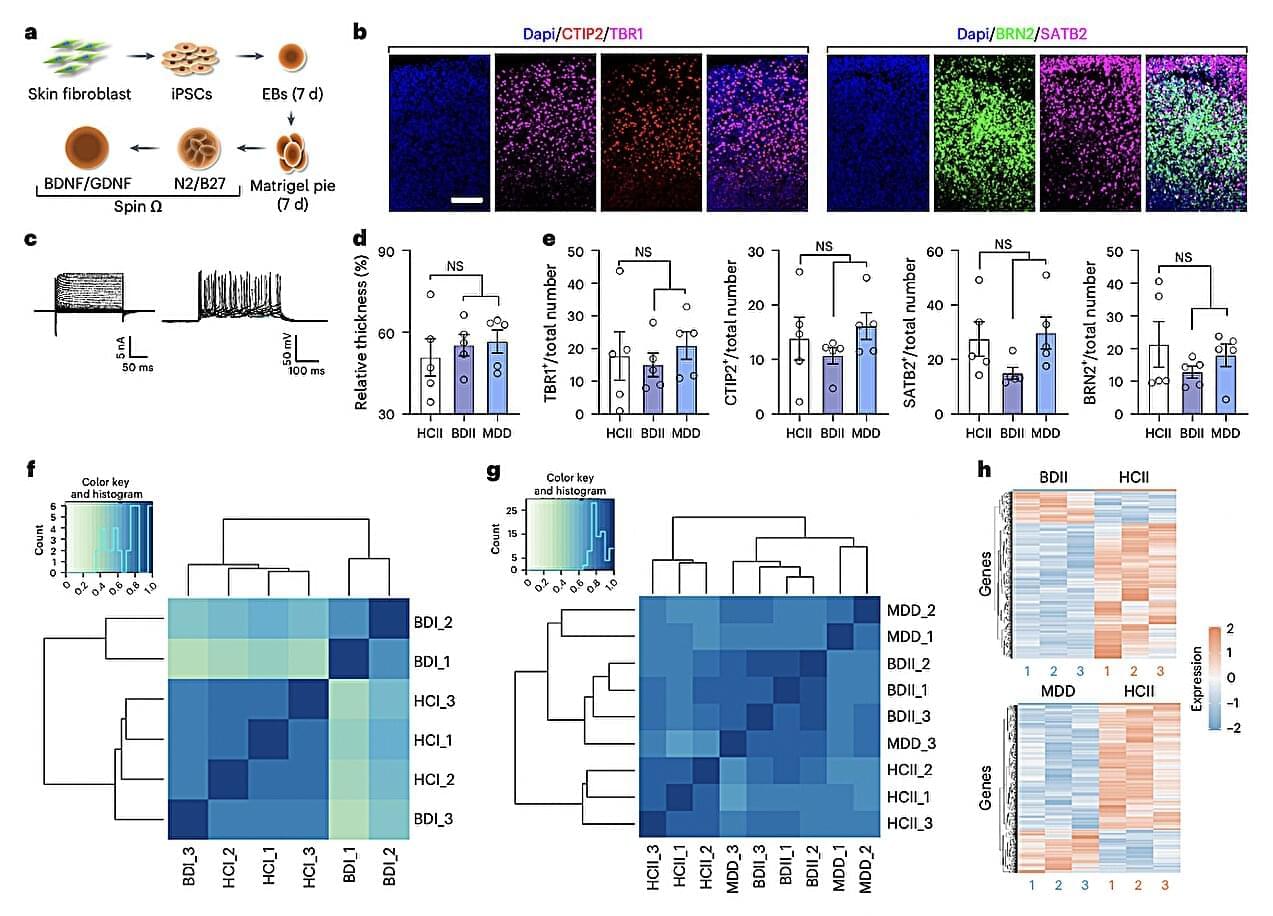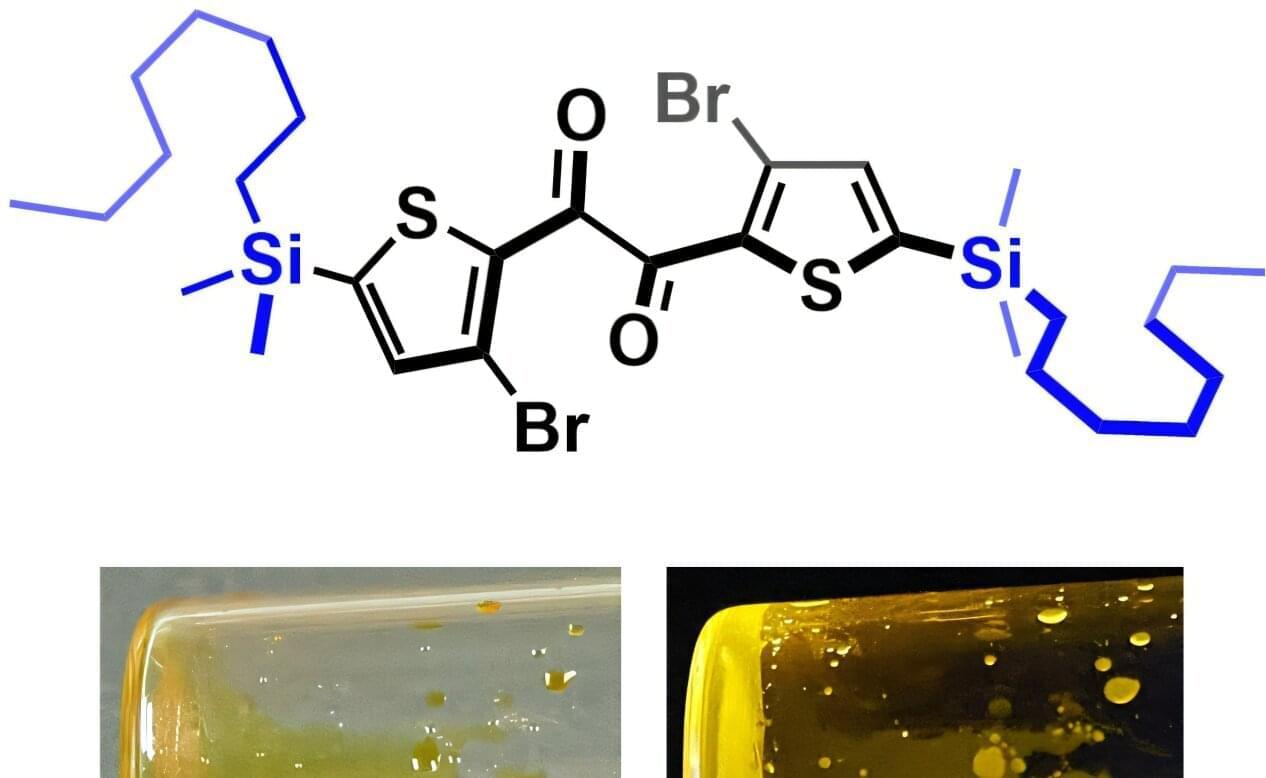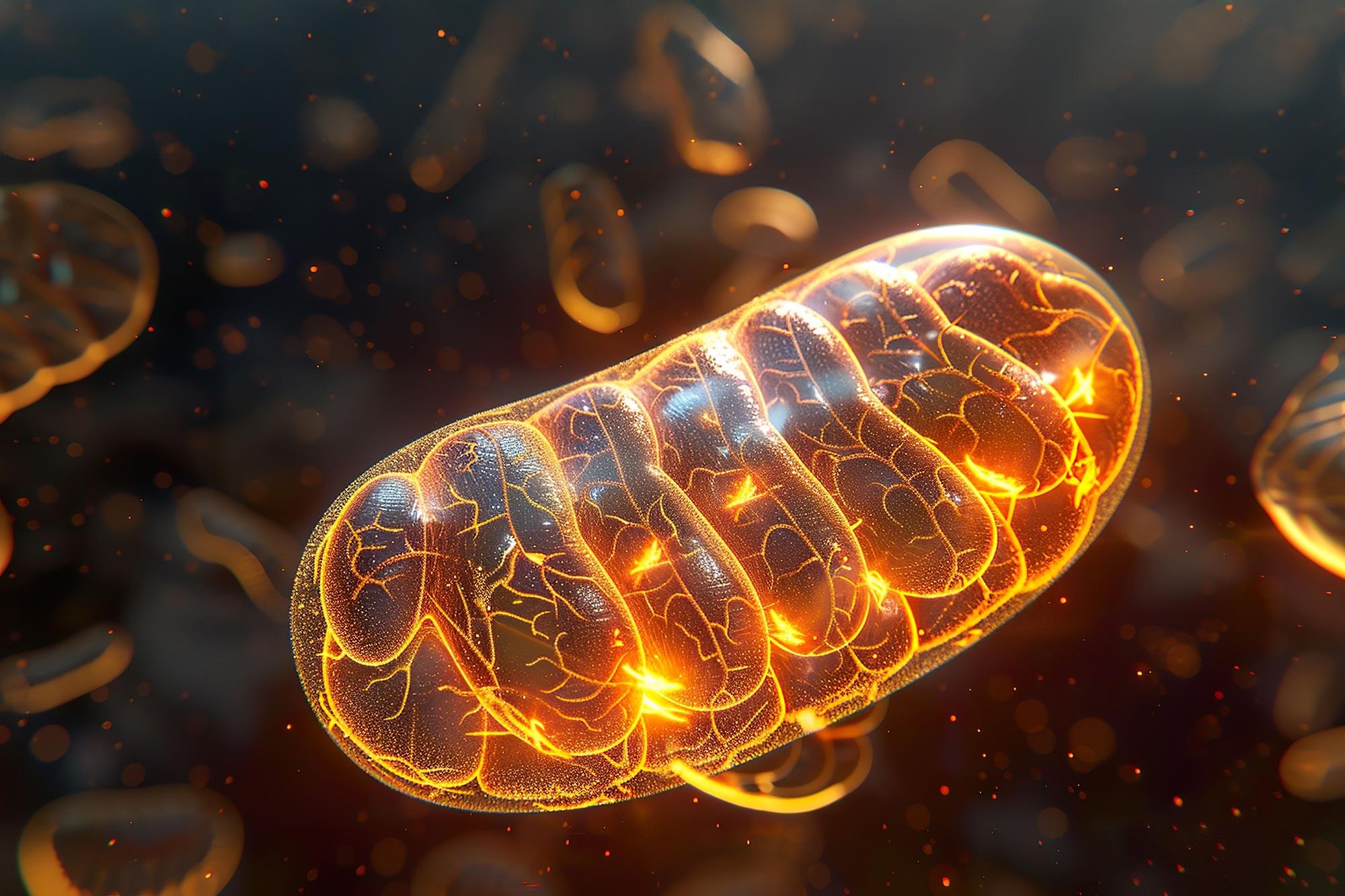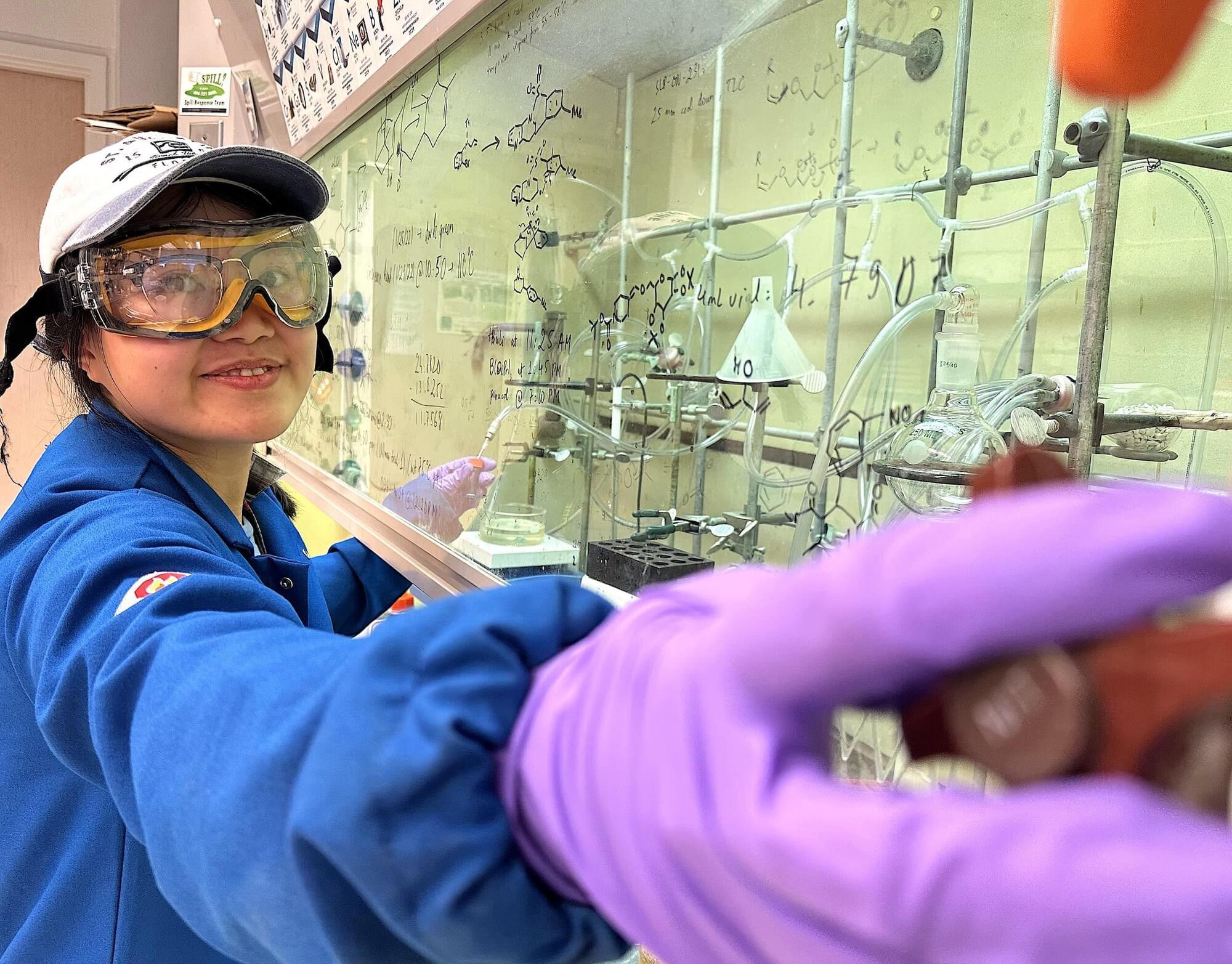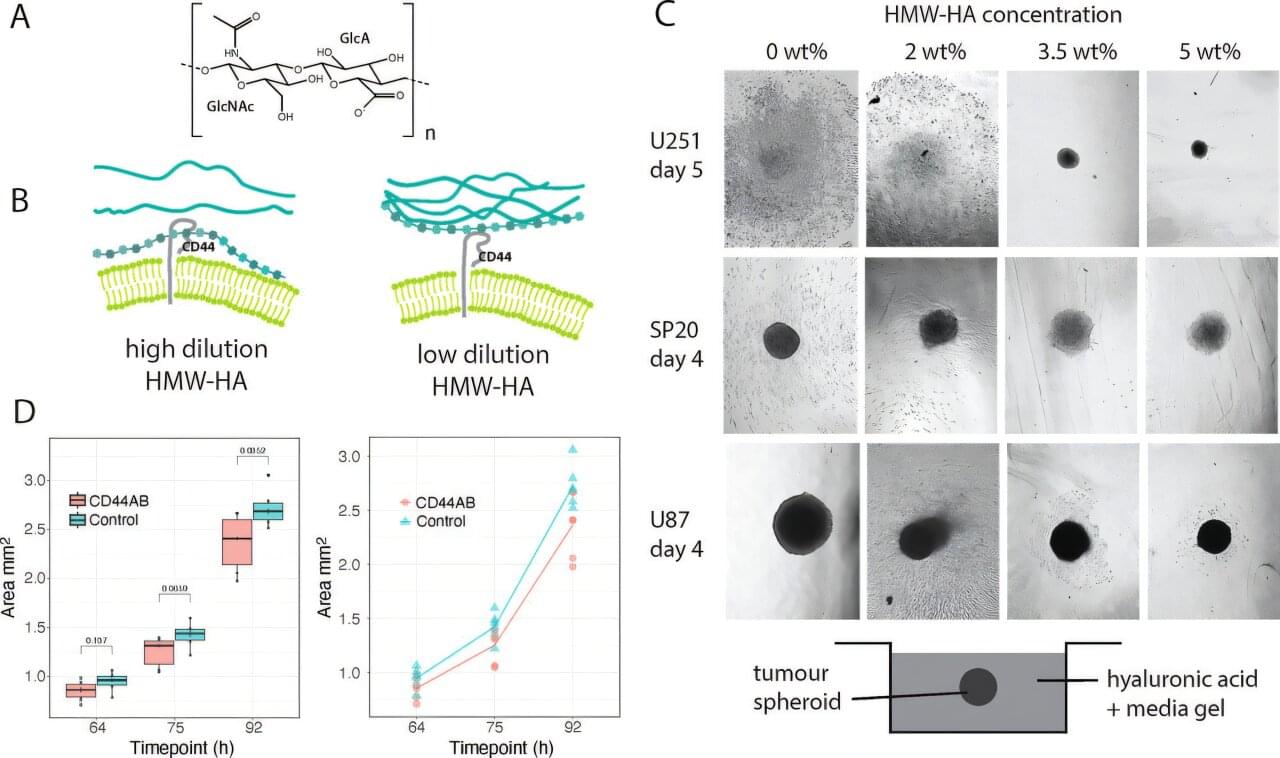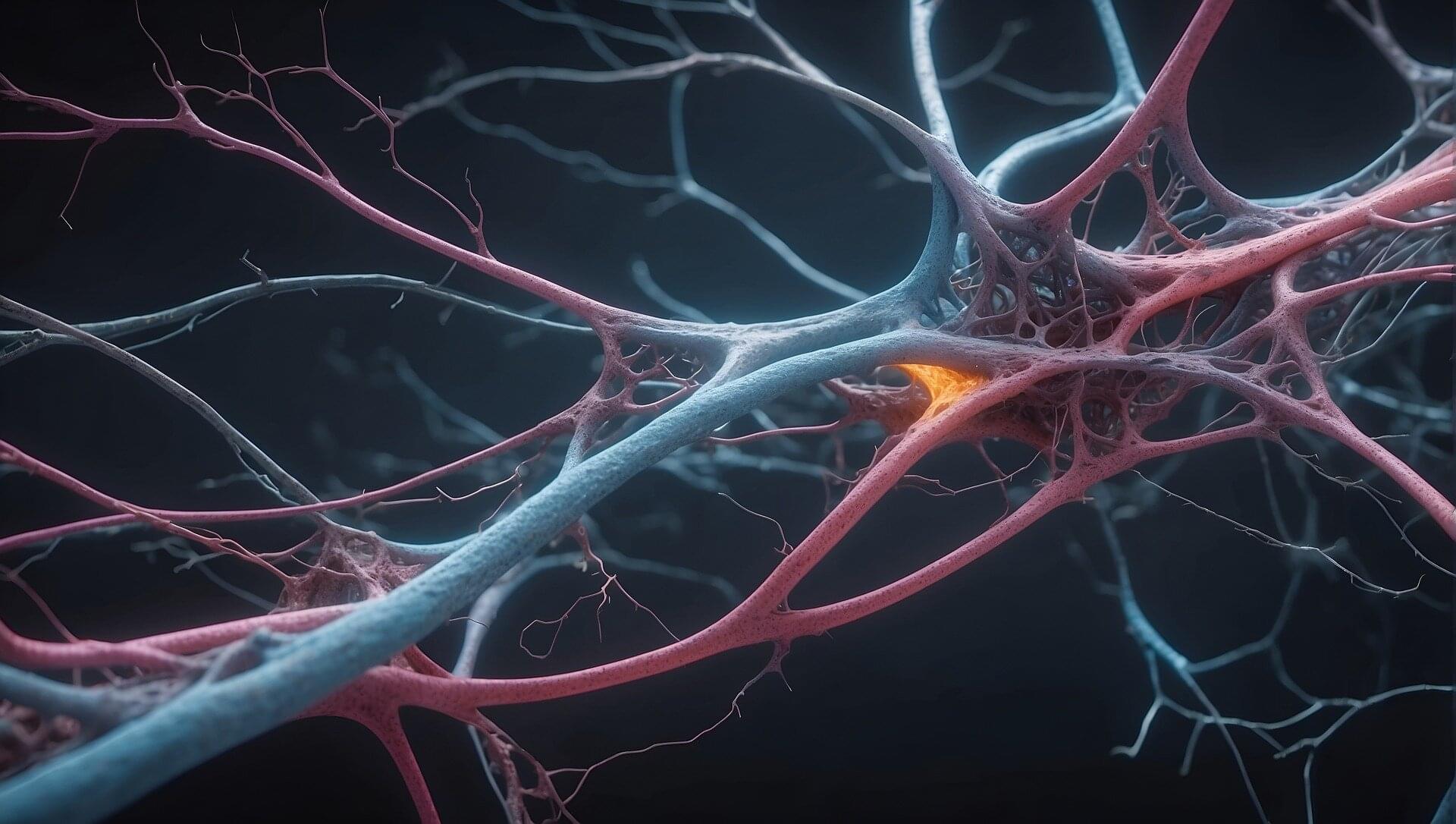Bipolar disorder is a psychiatric disorder characterized by alternating episodes of depression (i.e., low mood and a loss of interest in everyday activities) and mania (i.e., a state in which arousal and energy levels are abnormally high). On average, an estimated 1–2% of people worldwide are diagnosed with bipolar disorder at some point during their lives.
Bipolar disorder can be highly debilitating, particularly if left untreated. Understanding the neural and physiological processes that contribute to its emergence could thus be very valuable, as it could inform the development of new prevention and treatment strategies.
In addition to experiencing periodic changes in mood, individuals diagnosed with this disorder often exhibit some metabolic symptoms, including changes in their blood sugar levels. While some previous studies reported an association between blood sugar control mechanisms and bipolar disorder, the biological link between the two has not yet been uncovered.
